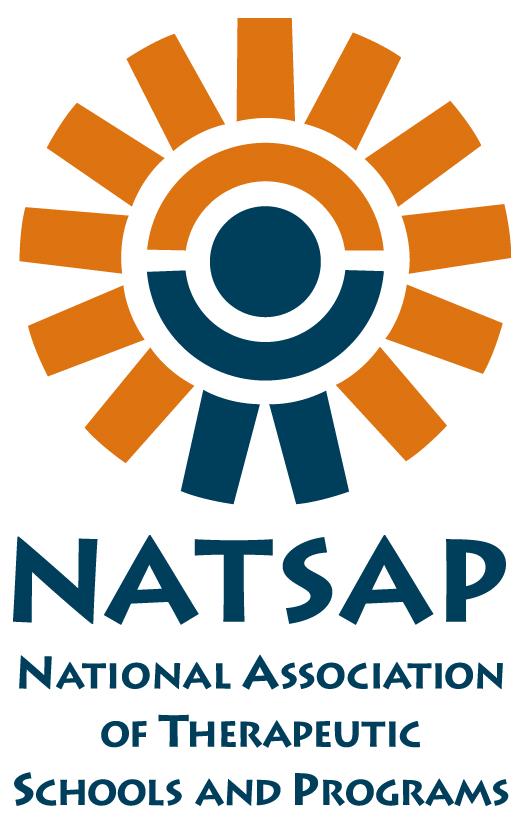Great Persons are Able To Do Great Kindness
Miguel de Cervantes quoted, “Great persons are able to do great kindness.” Through our version of Positive Peer Culture (PPC) here at Triumph we are able to witness great young men do great kindness. This is accomplished by demanding greatness instead of demanding obedience. This is also accomplished by encouraging, as well as showing kindness instead of selfishness. Our boy’s may start out labeled as spoiled and selfish, but these titles go away soon after they are positively embraced by their peers and they begin to receive praise for their kind words and actions rather than attention for teasing and mocking others. I am inspired by the true soul that these young men possess. I give credit to PPC and the guidelines this culture gives us, and I give most of the credit to the boy’s, staff, professionals and family that make it work for the group and the individual on a daily basis. The following article is a brief description of PPC. I plan to expand on this subject more and more through the future of this blog.
- Great Boy’s in Positive Peer Culture
Article 17 February, 2011 Author: Posts by Behave
Positive Peer Culture is the influence from a positive perspective, one teen to another. It is widely known that adolescents are influenced by their peers. Many of the Residential Treatment Centers and Therapeutic Boarding Schools for both adolescents and adults have what they call a “positive peer culture” therapeutic model. I had never heard of this term until we joined the ranks of residential treatment for adolescents. It has been my experience that some facilities take this philosophy to an extreme level and others use portions of it, depending on the facility it may or may not be the determining factor for your teen to progress in the levels. All facilities put a priority on how each individual is getting along and contributing with their peers.
For teens there is a tremendous influence on the peer group, programs utilize a therapeutic program, in part, based on “positive peer model and social learning theory”, this shapes individual behavior by drawing on the powerful forces of the peer group. These may have been the forces that contributed to the factor that your teen is in treatment along with the development of negative behaviors and are now activated to foster positive relationships.
The positive peer culture programs are aimed to develop pro-social behavior through the development of a therapeutic community. It is the intent that this community will promote a social environment that takes on both therapeutic and healing properties instead of maintaining negative behaviors. It is the hope that through time the community of peers will develop and maintain positive behaviors and properties. Some of these behaviors may include:
- A sense of belonging.
- A code of conduct that assures a safe environment and promotes pro-social behavior.
- Individual members responding positively to the influences of the community.
- Each member has a sense that he or she can make a significant positive contribution to the community.
- ·Individuals demonstrate social responsibility to the community, and the community assists residents by providing reinforcement for pro-social behavior.
- Censure of maladaptive behavior.
The central purpose and aim of the therapeutic community is to develop self-worth, significance, dignity and responsibility in each of the residents as they become committed to the positive values of helping and caring for others. The goal is to direct teens away form selfishness and conflict and toward a spirit of concern and service for others.
http://behavioralhealthhub.com/2011/02/17/what-is-positive-peer-culture/












